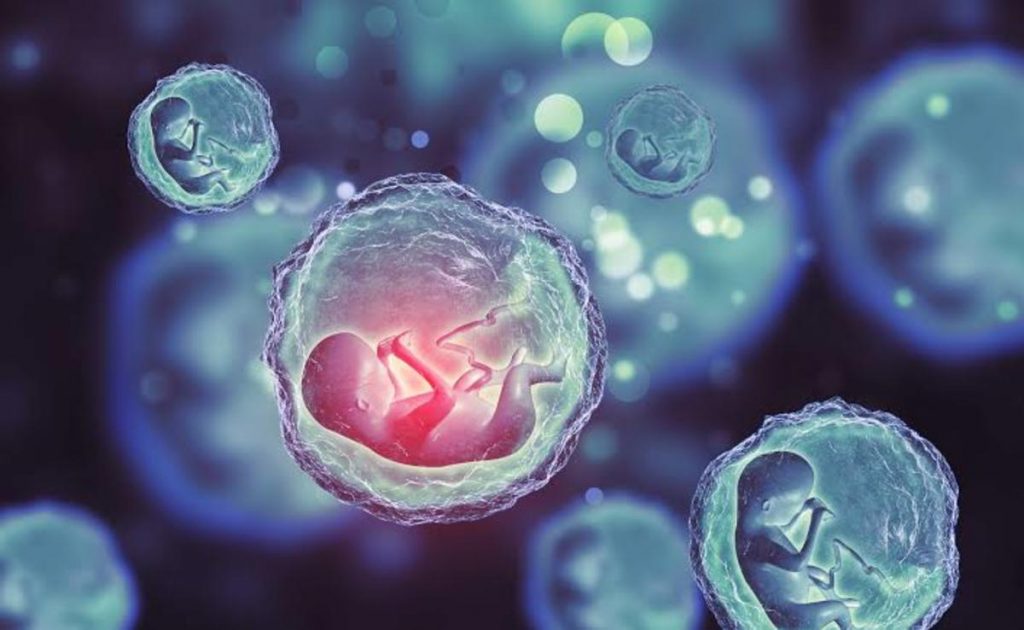First synthetic human ’embryo’ created, scientists say

Without using sperm or eggs, scientists claim to have developed the first human synthetic embryos in history from stem cells.
The cells that would typically go on to form the placenta, yolk sac, and embryo itself are present in these embryo-like structures, which are devoid of organs like a beating heart or brain.
According to Professor Magdalena Zernicka-Goetz of the University of Cambridge and the California Institute of Technology, “we can create human embryo-like models by the reprogramming of [embryonic stem] cells,” she said in a speech on Wednesday at the annual meeting of the International Society for Stem Cell Research in Boston.
This research, which has not yet been published in a journal, raises ethical and legal concerns because there are currently few laws governing the production and manipulation of synthetic embryos in many nations.
“Unlike human embryos arising from in vitro fertilisation (IVF), where there is an established legal framework, there are currently no clear regulations governing stem cell-derived models of human embryos. There is an urgent need for regulations to provide a framework for the creation and use of stem cell-derived models of human embryos,” James Briscoe, associate research director at the Francis Crick Institute, said in a statement.
The Weizmann Institute in Israel and Zernicka-Goetz’s research team showed in 2022 that mouse stem cells could self-organize into early embryo-like structures with traits including an intestinal tract, the beginnings of a brain, and a beating heart.
Teams have since competed to use human cells to accomplish the same outcomes.
Zernicka-Goetz spoke in the conference on Wednesday, about growing the embryos to a stage of development that is just a bit past the point at which a natural embryo would develop after 14 days.

“Our human model is the first three-lineage human embryo model that specifies amnion and germ cells, precursor cells of egg and sperm,” Zernicka-Goetz told the Guardian.
“It’s beautiful and created entirely from embryonic stem cells.””.
In order “to determine the similarities and differences between synthetic embryos and embryos that form from the union of an egg and a sperm”, there is still much work to be done, according to Roger Sturmey, senior research fellow at the University of Manchester.
“This work from Zernicka-Goetz hasn’t yet been fully appraised by the scientific community, but it does offer exciting prospects to answer these questions and may provide an important tool to study early development while reducing the reliance on human embryos for such research,” he said.
Source-Aljazeera




